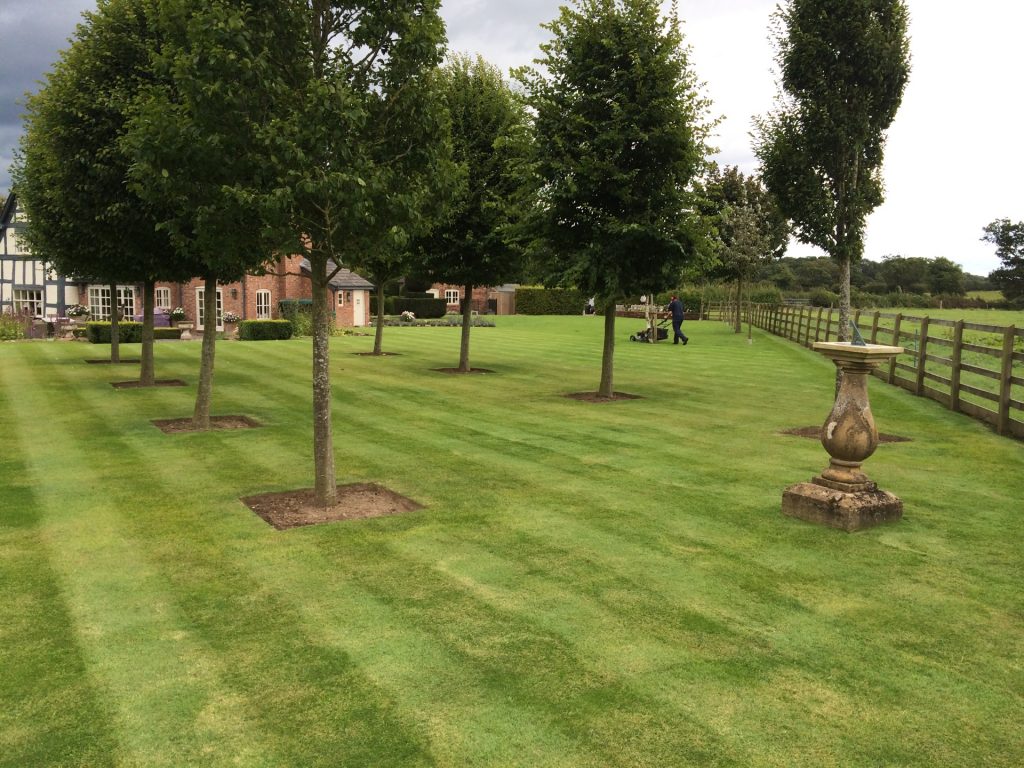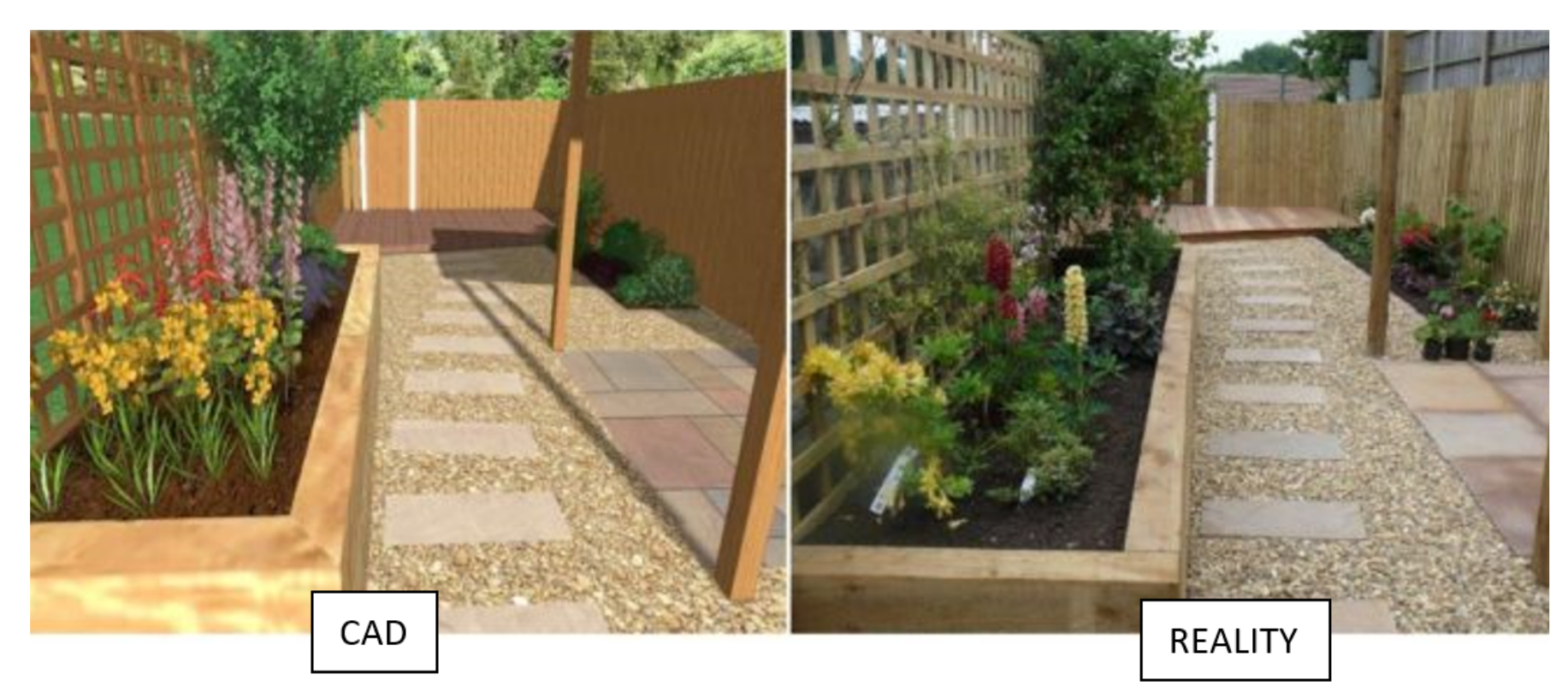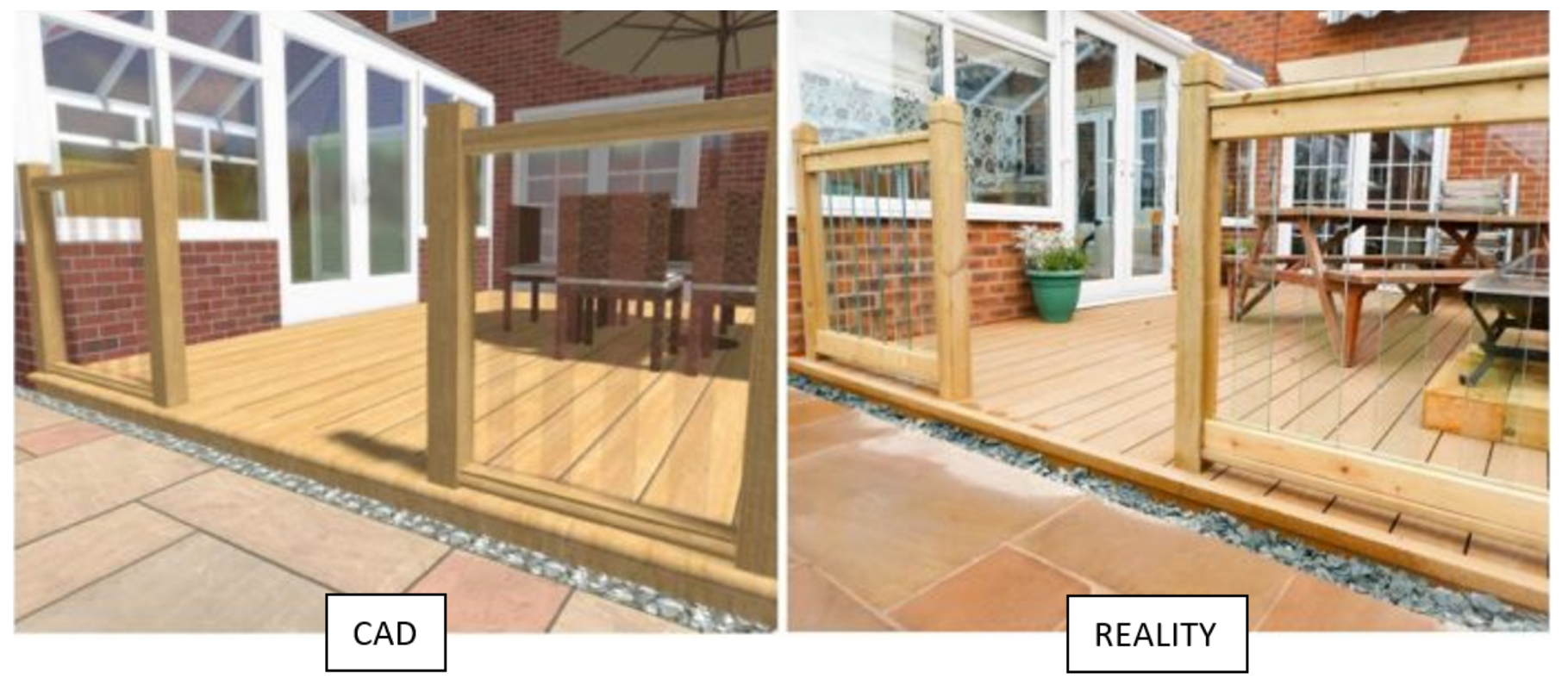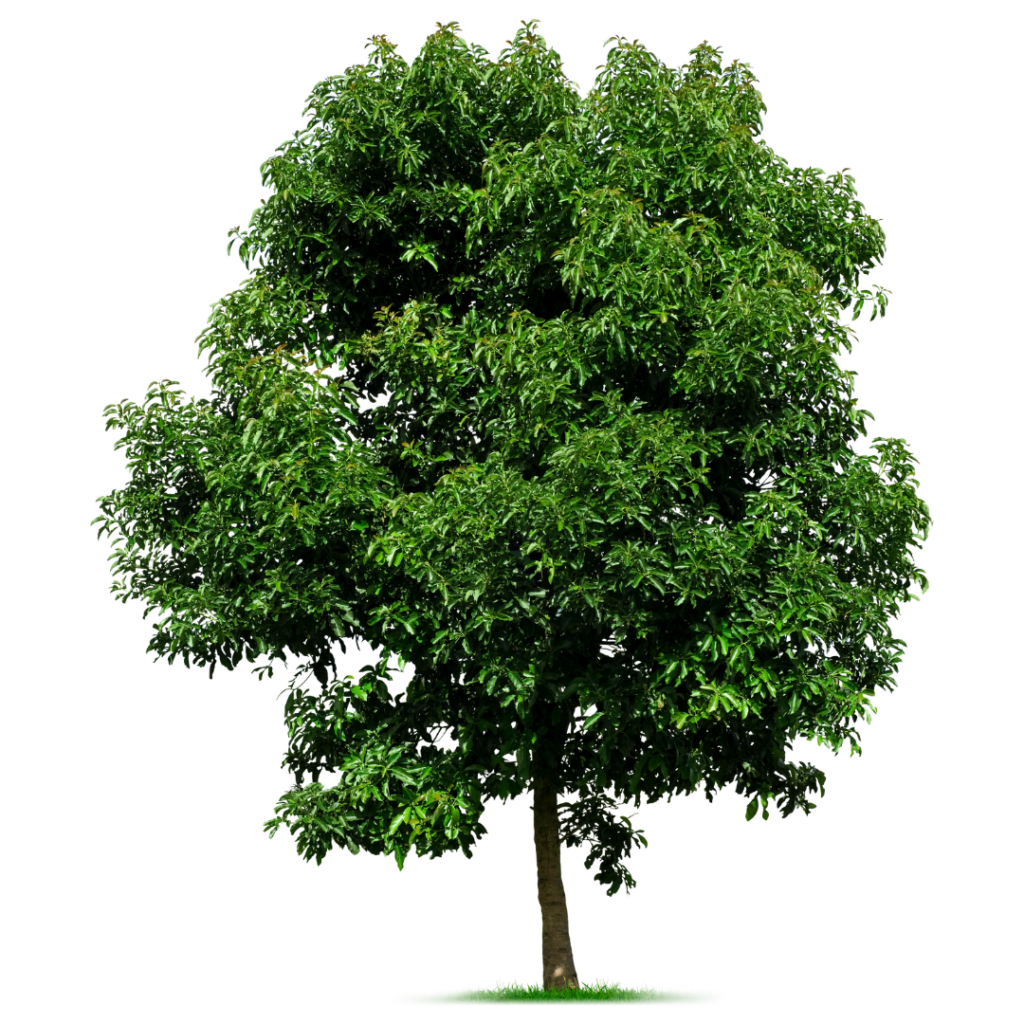Tree Health Survey
Tree Health Survey
Tree Condition Survey or Tree Risk Assessment
One of the main purposes of a tree health survey is to assess the safety of trees. This is to protect both people and property. They include examining the tree closely for any defects and disease. It is recommended that commercial property owners and homeowners undertake a tree health survey to ensure that any potential hazards can be identified and mitigated before any damage or harm is caused.
Whatever the size of your site or the number of trees, we can offer you the guidance and tree safety advice you need. We work to British Standard BS 5837:2012 and our tree survey documents include information such as:
- tree species
- measurements
- tree age
- overall health of the tree
- life expectancy
- management recommendations
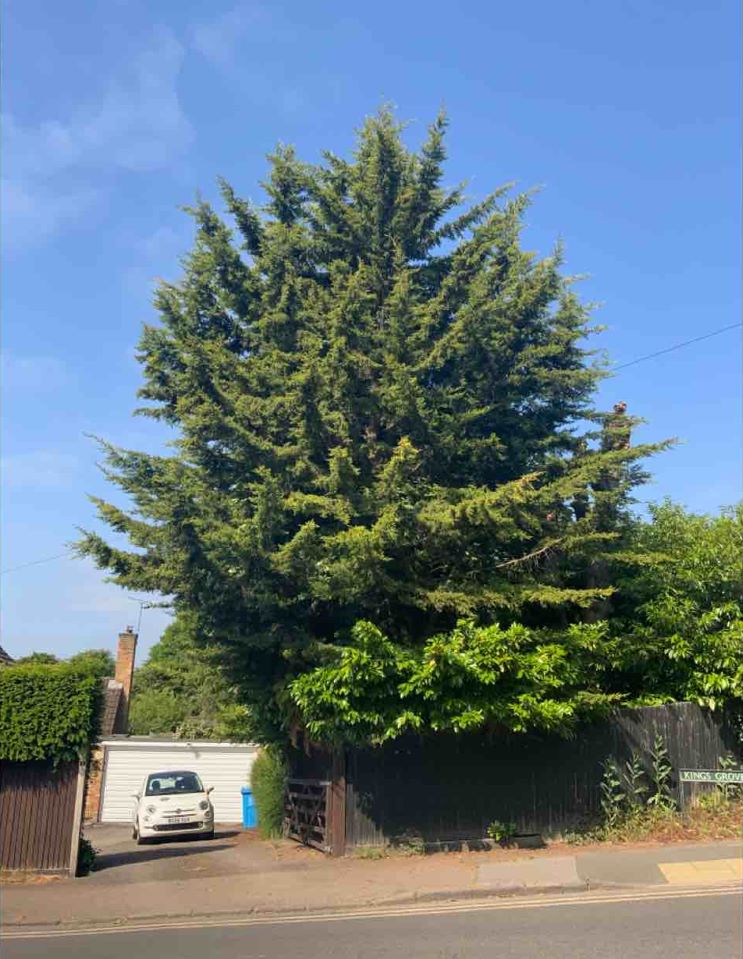
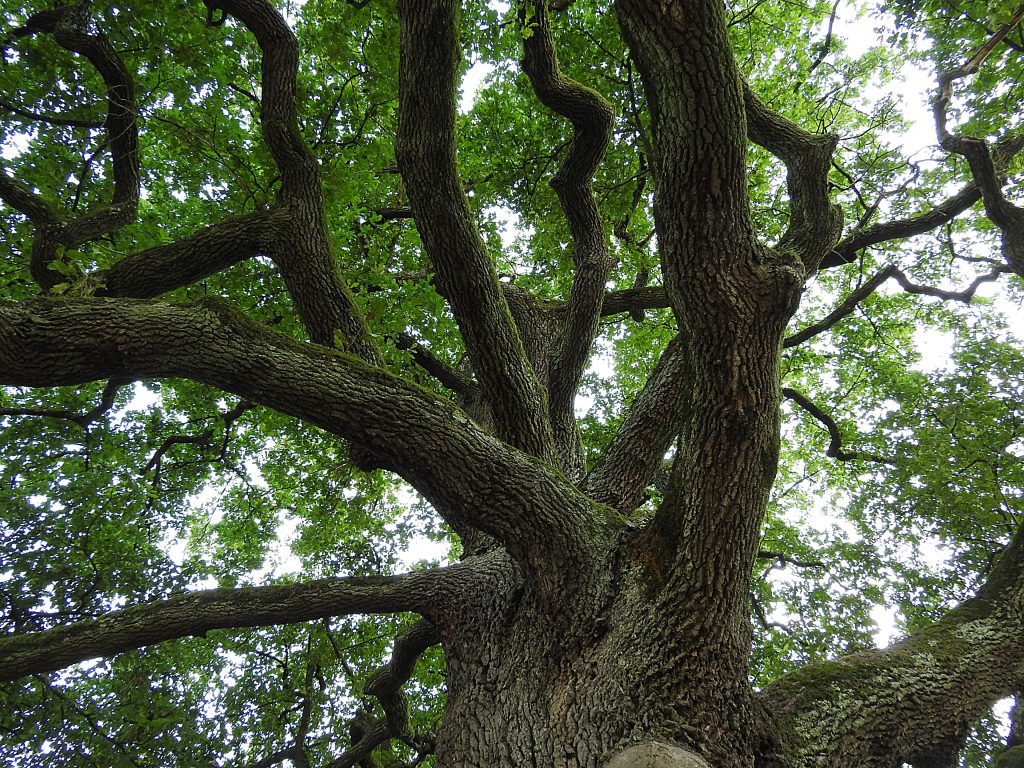
Your Legal Obligations
As a property owner, landlord, landowner or a commercial tenant, you have a legal obligation and a duty of care, to all those who may be affected by trees under your management. If you’re unsure which obligations these are, they are laid out in the Occupiers Liability Act (1984) and the Health and Safety at Work Act (1974). Guidance issued by the Government, the Forestry Commission and the Arboricultural Association advises that a tree survey is regularly undertaken by a professional tree surveyor. Failure to do so may leave those responsible liable to prosecution. Monitoring the condition of a tree will help you proactively take appropriate action to reduce risks.
We offer the following ”Tree Health Survey” Options:
Option 1 – Hazard/Walkover or Preliminary Tree Condition Survey
This survey is a cost-effective way to survey a high volume of trees for potential hazards. This type of survey is a way to identify any trees that may pose a risk to people or property. The report will also ensure you have enough guidance and information to be able to successfully instruct a contractor who will be able to complete any arboricultural works that have been recommended. If you are restricted by budgets or are in a situation where the tree risk needs to be identified quickly e.g after extreme weather, then a walkover/hazard survey can be the ideal option.
Option 2 – Tree Condition Survey or Tree Risk Assessment
This survey involves examining the tree closely for defects and disease and will provide recommendations to help reduce risks. In some areas, for example near to schools or the public highway, a Tree Condition Survey needs to be carried out on a regular basis, usually annually, but preferably at different times of the year, because trees change through the seasons and different issues can become apparent at different times of the year. Monitoring the condition of a tree will help you proactively take appropriate action to reduce risks. In addition, there is an option to conduct wider analysis of soil and plant material to look for chemical imbalances or poisoning.
How We Can Help
ProHort Ltd recommends that you should carry out a tree health survey at least once every two years. If any damages were to occur (for example, a tree branch falling on your car) as well as possible injured individuals, claims against property may occur.
If you require a tree health survey, then get in contact with us today to find out more information.

